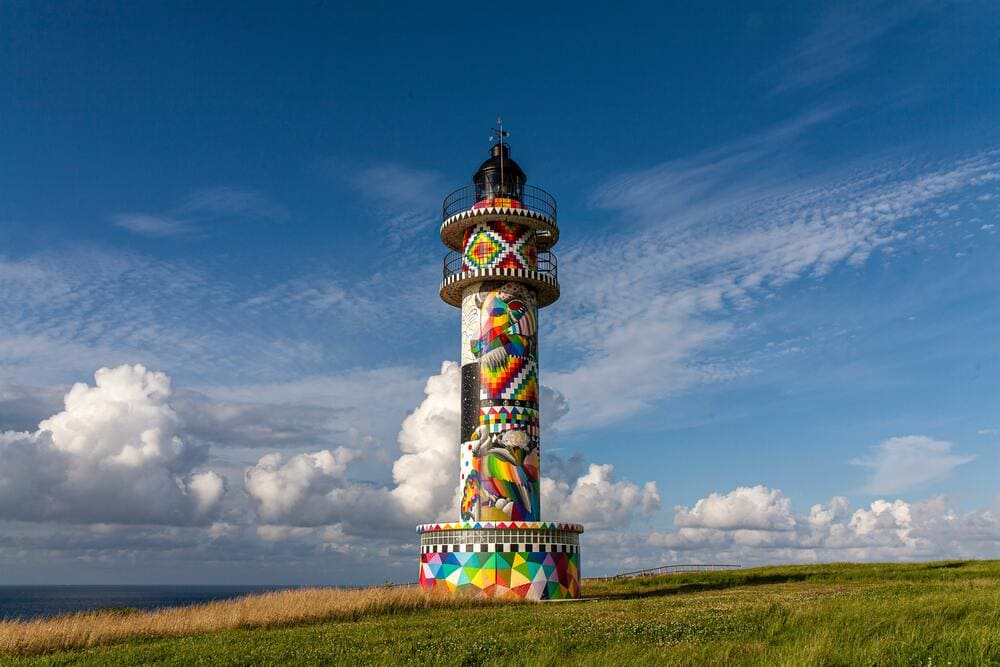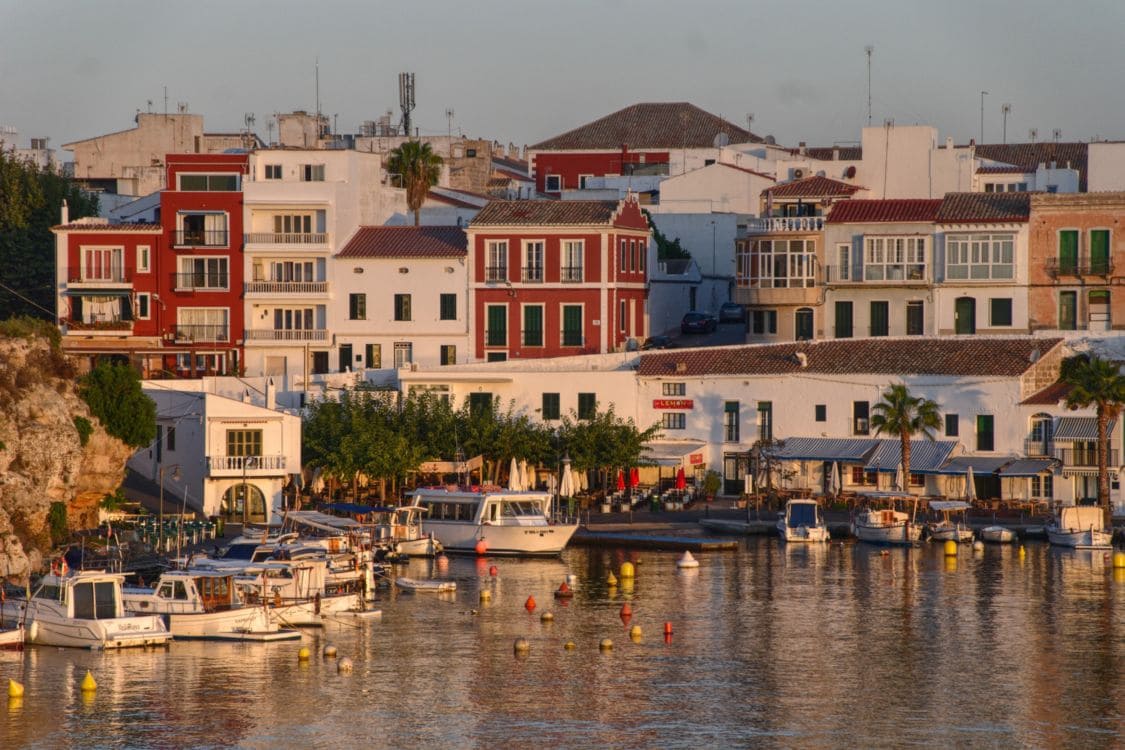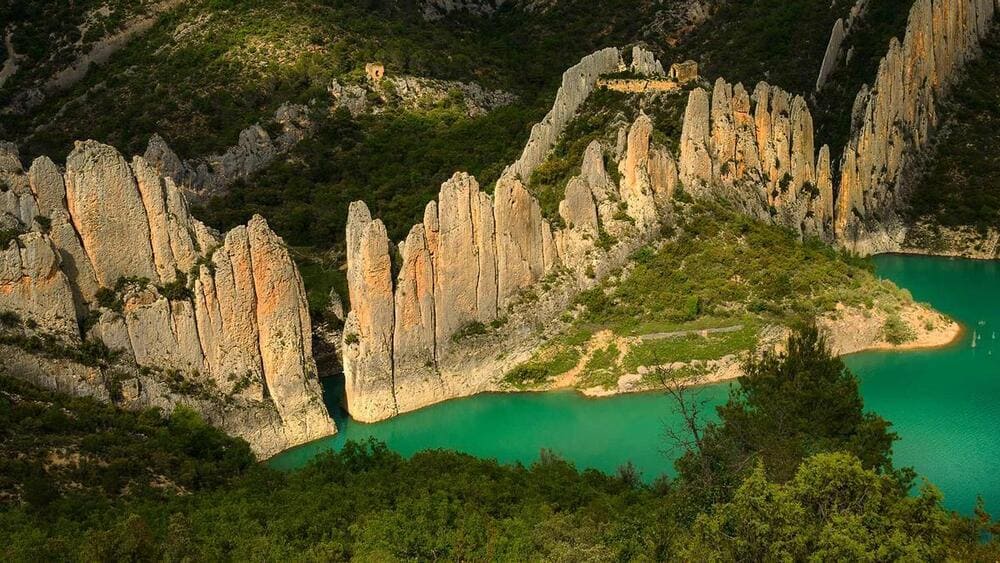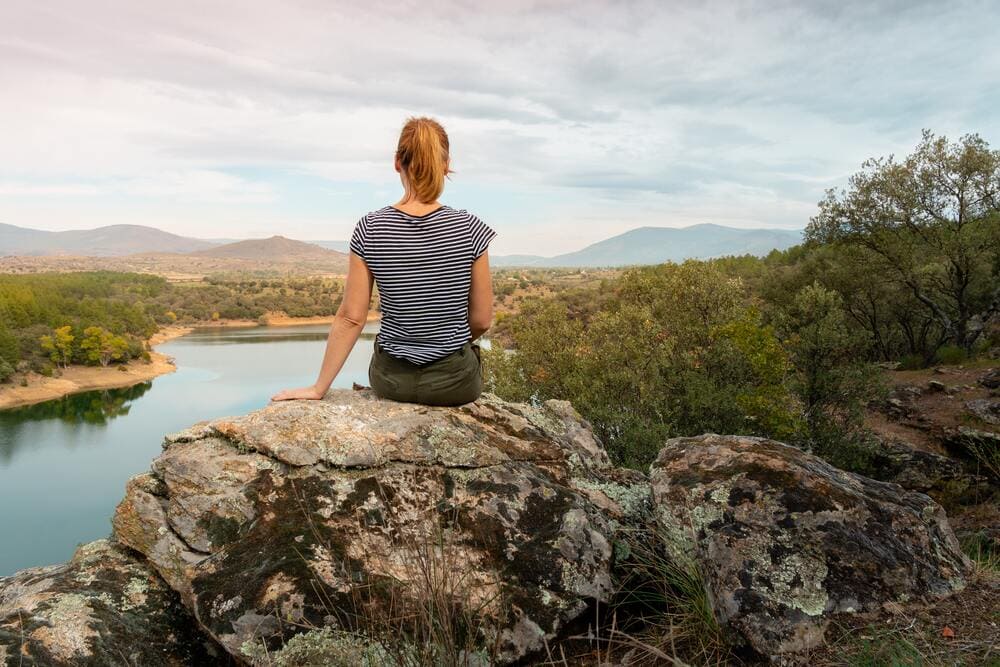What is slow tourism?
It’s more than a way of traveling: it’s a mindset. It’s about taking time to connect with the surroundings, people, culture, and yourself. Slow travel invites you to forget the clock and the endless checklists, and instead prioritize rest, connection with nature, and simple pleasures:
-
Wandering without a plan
-
Tasting local products
-
Watching a sunset
-
Discovering hidden corners not in the guides
This approach originated in the 1980s in Italy as a response to mass tourism. Today, more than a trend, it’s a necessity: traveling sustainably, consciously, and respectfully.
Why is it good for you and for the planet?
Practicing slow tourism supports your physical and emotional well-being, while also having a positive environmental impact:
-
Reduces your carbon footprint by prioritizing soft transport and sustainable stays
-
Encourages local consumption and the circular economy
-
Lessens the pressure on over-saturated destinations
In short: the planet also thanks you for traveling slowly.
5 perfect destinations for a slow holiday in Spain
Spain is one of the most diverse countries in Europe, making it the perfect setting for conscious, peaceful holidays full of authentic experiences. Here are five destinations to enjoy slow tourism with all your senses.
1- Asturias

We know many places, but very few of them are as magical as Asturias. If you are looking to break with routine and reconnect, then this region is truly the best option.
Asturias is nature in all its splendour; forests, sea, mountains and rivers await you with the promise of a unique slow tourism experience. How? Simply by breathing in fresh air laden with energy, by connecting with the nearby plants and trees, by watching one of the most beautiful sunsets and of course, enjoying unique and delicious dishes of the choicest local cuisine.
No doubts or buts can stop you from choosing this Slow Tourism destination, especially if you have the opportunity to spend your holidays at our ARTIEM Asturias hotel, a sustainable option where each nook is designed with your relaxation in mind, so you feel happy in every sense.
2- Cantabria

Just 200 kilometres from Asturias is another gift of nature, Cantabria.
For many good reasons, it is one of the regions that Spanish tourists love and visit the most. Its beauty does not go unnoticed.
It is one of the places most often visited by Spanish tourists as it has everything to suit all tastes. It has many natural beauty spots that you can visit, such as the coastal areas of the Geoparks, or the wonderful mountain scenery of Cabezón. We are sure that you will be able to reconnect with yourself.
3- Menorca

What can we say about Menorca? It is simply incredible and has much to offer to anyone who loves nature and the magnetism of the Mediterranean Sea.
Those of us who have had the opportunity to visit the island know that time in Menorca is special and does not hurry, which makes for a true paradise to enjoy slow, sustainable holidays.
For several years now, work has been in progress to transform the island into a Smart City. What does this mean? That it is sustainable in social, economic and environmental terms. Among its principal features are the technological solutions that help make life easier.
Although Menorca is one of the favourite destinations in the summer, the island is perfect for visiting any day of the year. For this reason, we at ARTIEM Menorca recommend you visit it at low season, like May or September, so that you have the opportunity to enjoy it to the full in a more peaceful way.
The third option is Menorca (Baleares), due to its many slow tourism proposals such as outdoor painting or local produce, which make it an enjoyable place to visit in the spring and autumn.
4- Huesca

Nature and unwinding are synonymous with Huesca. This region in Aragón offers a wide variety of options to those who want to enjoy a slow experience.
Many people are able to disconnect and relax through sport and outdoor experiences, and Huesca is certainly the best destination for anyone seeking adventure, due to its Nature Parks and Reserves.
If you are not into adventure sports, there is no need to worry. Huesca offers other slow activities such as stays in rural cottages in the Pyrenees (with scenery taken from a Claude Monet painting) or gastronomic and eco-tourism options.
5- Madrid

You may not believe it, but Madrid is a city that has all the conditions required to become your next Slow Tourism destination.
“But it is full of people and there are cars everywhere”, you may say. Yes, but the city is much more than this. In its more than 600 km2, Madrid has wide, open urban spaces, vineyards and olive groves, as well as charming villages and high mountain peaks. It is without doubt a world worth discovering!
However large Madrid may seem, these slow plans are closer than you may imagine. You can plan a bicycle route (the city's sustainable transport means) and get to a place that has five UNESCO World Heritage Sites in less than an hour. Culture, history and all the appeal of the capital in a few pedal strokes. You can complete your slow, sustainable stay at ARTIEM Madrid, where you can sleep and rest knowing that you are in a place that is 100% sustainable and eco-friendly.
If you feel like going a little further and spending a few days in a rural setting, we invite you to visit the Sierra Norte of Madrid, a natural beauty spot with fresh air and wonderful mountain scenery.
Plan you next holidays with Slow Tourism in mind and discover all the benefits of forgetting about time and enjoying a slow, peaceful trip in which the priority is your emotional well-being and caring for the planet.
Are you ready to start your journey slowly and steadily? Follow these tips by ARTIEM:
- Choose a destination that is easy to explore and get to know it well.
- Try to stay there for at least a week.
- Give preference to rural accommodation or sustainable, eco-friendly hotels.
- Try using the oldest form of transport: your feet.
- Forget about travel guides, just go with the flow.
- Enjoy local dishes and products.
- GO VERY SLOWLY AND ENJOY EVERY MOMENT
Traveling slowly isn’t wasting time—it’s gaining it. Slow tourism invites you to enjoy life unhurried, caring for yourself and the world. At ARTIEM, we design spaces and experiences so you can live this philosophy all year round, in sustainable and authentic destinations. Because we believe the best way to travel is to savor it slowly. Because when you live the journey poc a poc, you discover what really matters.
Ready to start your slow journey? Discover our proposals at ARTIEM and make rest a way of life.